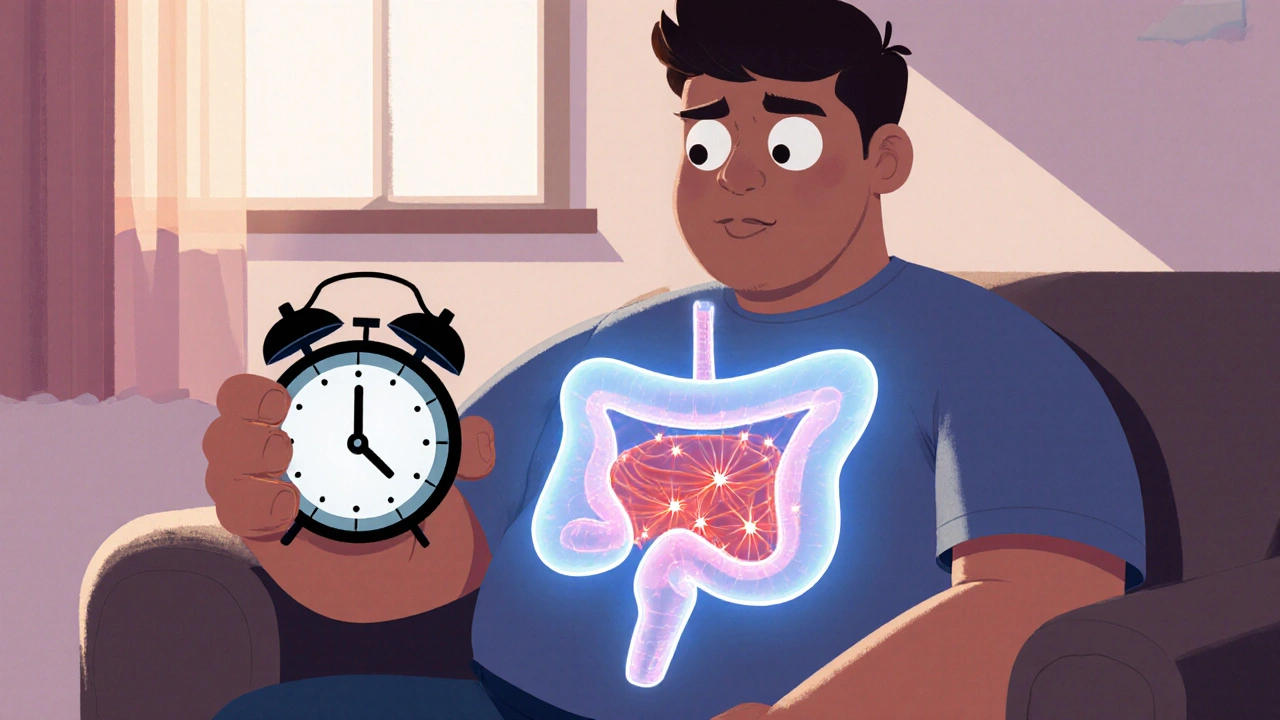Learn how bladder training can reduce urinary tract muscle spasms, improve bladder control, and complement other therapies for overactive bladder.
Read more
When your bladder feels like it’s in charge—sudden urges, frequent trips to the bathroom, or leaks when you laugh or cough—you’re not alone. Bladder training, a non-drug approach to managing urinary urgency and frequency by gradually increasing the time between bathroom visits. Also known as bladder retraining, it’s one of the first-line treatments doctors recommend for overactive bladder and doesn’t require pills or surgery.
It works by teaching your bladder to hold more urine and respond to your schedule, not its own impulses. Think of it like muscle training: if you keep rushing to the bathroom every 30 minutes, your bladder forgets how to stretch. Bladder training slowly stretches it back. You start by tracking your current voiding habits, then set fixed intervals—say, every 90 minutes—and stick to them, even if you don’t feel the urge. Over weeks, you increase the gap by 15–30 minutes until you’re comfortable going every 3–4 hours. This isn’t about holding it in until it hurts; it’s about rewiring your brain’s response to bladder signals.
Most people pair bladder training with pelvic floor exercises, also called Kegels. These strengthen the muscles that hold urine in, helping you delay leaks and feel more in control. You don’t need equipment—just squeeze those muscles for 3–5 seconds, relax, and repeat 10–15 times a day. Studies show that combining this with a voiding schedule cuts urgency episodes by up to 70% in many cases. It’s not magic, but it’s proven. And unlike medications, it has no side effects like dry mouth, constipation, or dizziness.
People often try bladder training after trying pills that didn’t work—or didn’t feel right. Others use it alongside meds to reduce dosage. It’s especially helpful for older adults, postpartum women, and anyone with mild to moderate incontinence. You don’t need a specialist to start, but keeping a journal of your progress helps. Note when you go, how much you pass, and if you had an urge or leak. That data makes it easier to adjust your plan.
What you’ll find in the posts below aren’t generic advice or marketing fluff. They’re real, practical insights from people who’ve walked this path—how they stuck with it, what slipped through the cracks, and how small changes added up. Some share how they managed nighttime trips. Others explain how stress or caffeine messed with their progress. You’ll see what actually works, not what sounds good on a brochure. This isn’t about quick fixes. It’s about building a routine that lets you live without constantly planning your day around the bathroom.

Learn how bladder training can reduce urinary tract muscle spasms, improve bladder control, and complement other therapies for overactive bladder.
Read more